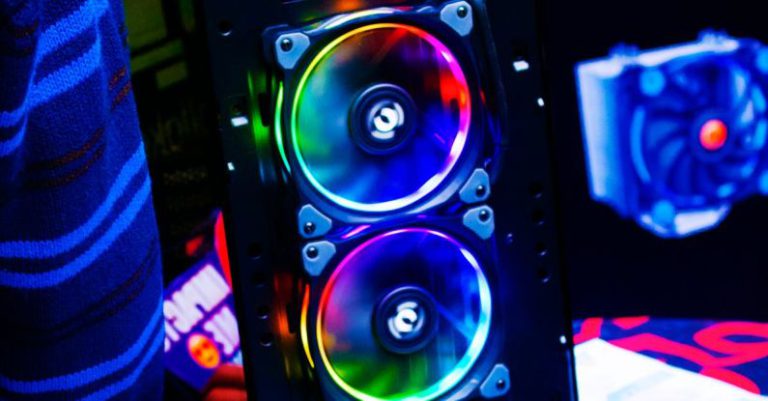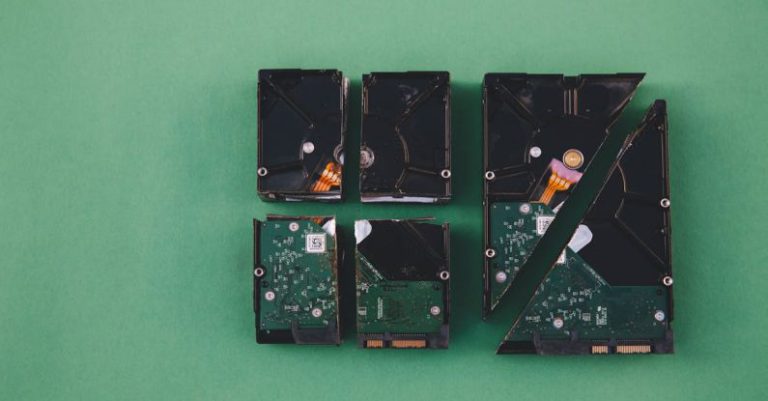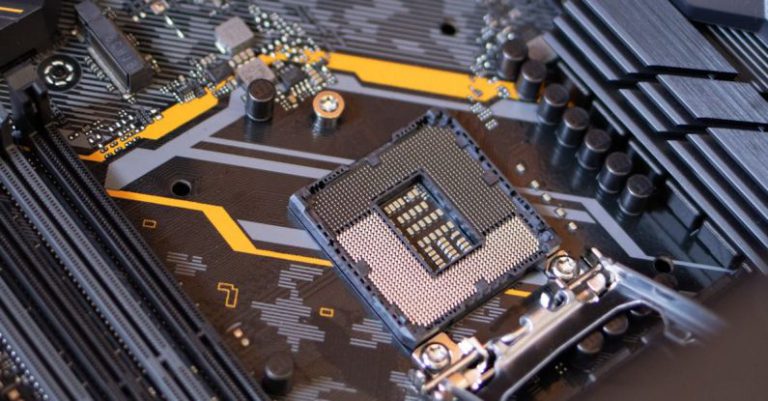The Ultimate Ram Guide: Size Vs. Speed
When it comes to upgrading your computer’s performance, one key component that often gets overlooked is the Random Access Memory (RAM). RAM plays a crucial role in determining the speed and efficiency of your system, but navigating the vast array of options available can be overwhelming. In this guide, we will delve into the debate of size versus speed when it comes to choosing the ultimate RAM for your needs.
Understanding RAM Basics
Before we dive into the comparison of size versus speed, it is essential to understand the basics of RAM. RAM is a type of volatile memory that stores data temporarily while your computer is running. It allows for quick access to data that is actively being used by the CPU, which in turn speeds up the overall performance of your system.
Size Matters: The Importance of RAM Capacity
The size of your RAM, often referred to as capacity, is one of the most critical factors to consider when upgrading your system. RAM capacity is measured in gigabytes (GB), and it determines how much data your computer can store and access at any given time. In general, the more RAM you have, the better your system will be able to handle multitasking and resource-intensive applications.
For everyday computing tasks such as web browsing, word processing, and multimedia consumption, having an adequate amount of RAM is essential. A minimum of 8GB is recommended for most users, as it allows for smooth performance without any noticeable lag. However, if you frequently work with large files, edit videos, or play graphics-intensive games, you may benefit from upgrading to 16GB or even 32GB of RAM.
Speed Matters: The Impact of RAM Frequency
While size is crucial, the speed of your RAM, also known as frequency, plays an equally important role in determining overall system performance. RAM speed is measured in megahertz (MHz) and indicates how quickly data can be read and written to the memory modules. Higher RAM speeds result in faster data transfer rates, which can lead to improved system responsiveness and reduced loading times.
When choosing RAM for your system, it is essential to strike a balance between capacity and speed. While having more RAM can improve multitasking capabilities, faster RAM can enhance overall system performance, especially in tasks that require frequent data access. For gaming and content creation, where every second counts, opting for higher-speed RAM can make a noticeable difference in the smoothness and responsiveness of your system.
Finding the Right Balance
In the debate of size versus speed, there is no one-size-fits-all answer. The ideal RAM configuration for your system will depend on your specific usage requirements and budget constraints. If you primarily use your computer for everyday tasks and light productivity work, prioritizing size over speed may be the best option. On the other hand, if you are a power user who demands the highest level of performance, investing in faster RAM may be worth the extra cost.
Ultimately, finding the right balance between RAM size and speed is key to maximizing the performance of your system. Consider your usage patterns, the applications you run, and your budget constraints when deciding on the optimal RAM configuration for your needs. By striking the right balance, you can ensure that your system runs smoothly and efficiently, allowing you to make the most of your computing experience.
In conclusion, selecting the ultimate RAM for your system involves weighing the trade-offs between size and speed. Whether you prioritize multitasking capabilities or raw performance, finding the right balance is essential to optimizing your system’s performance. By understanding the impact of RAM size and speed on your computing experience, you can make an informed decision that meets your specific needs and enhances your overall productivity.






